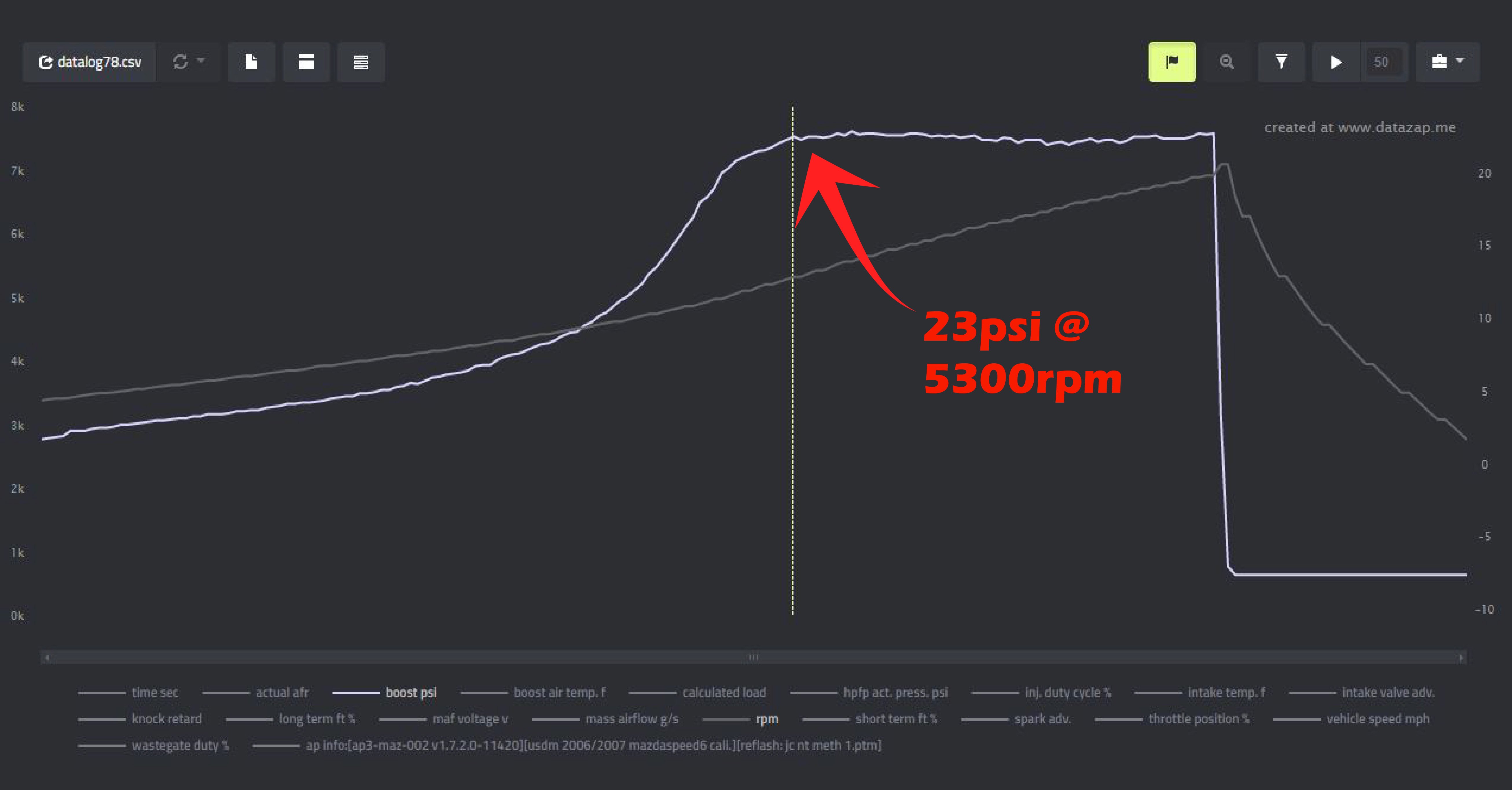
The modern turbocharger is an amazing piece of technology! It can turn tiny four cylinder engines into V8 killers and with the right application, can turn any car into an all-out monster. But you have to pay to play and turbochargers are not cheap. So how can you protect your investment? How can you make sure your turbo will last and continue to make power and smiles?
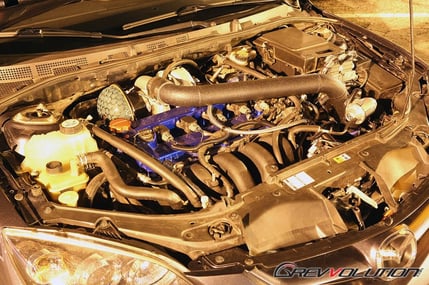
Oil Control
One of the biggest killers of turbos is oil control. Getting the appropriate amount of oil into the turbo, and then getting all that oil out is hugely important when it comes to the life of your turbo. When you have too much oil pressure going in, and it overwhelms the oil drain, the oil has nowhere to go but past the seals. This becomes a huge mess and in some cases will have you replacing your turbo.
To prevent this, make sure your oil drain line has a good downward slope to it in order to make sure the oil can get out. It is important that the flow is smooth with no abrupt turns in order to keep the oil from bottlenecking and being overcome by the oil coming into the turbo. It is also important to make sure your return line is free from internal kinks. Often times, the inner lining of a stainless return line can become kinked without the stainless line showing any signs of a kink. This will definitely restrict flow and shorten the life of your turbo.
With the oil feed, you will want to make sure you have an appropriately sized feed line for the turbo you are running. In most cases, you will use -3 or -4 AN lines. The smaller line acts as a restrictor. It is important to make sure you that are not over or under feeding your turbo. If you have oil getting past your seals, it is a good possibility you are over feeding.
Crank Case Ventilation
It might not seem like crank case ventilation has much to do with keeping a turbocharger safe from premature wear, but it actually has quite a big effect on them. Since the oil is returned from the turbo back into the crank case, excess pressure there can make it difficult to drain the oil properly. After the oil has been fed into the turbo, it gets hot and frothy. This frothy, aerated oil is light and is the reason oil return lines are -10 or bigger. As this oil drains, it is very easy to impede its flow and excess pressure in the crank case will not allow it to drain properly.
When running higher boost on larger turbos, this is a commonly overlooked area. Opening up the crank case with a better PCV plate and/or a good catch can setup will help to protect your turbo and allow it to drain properly.
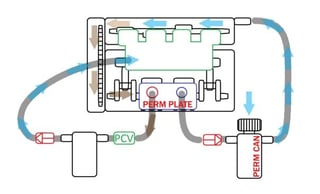 |
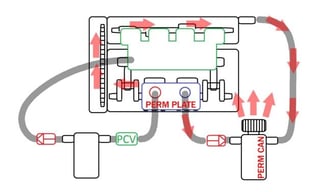 |
|
This is a great example from PERM Tuning of a dual catch can |
This is the same catch can setup under boost. With the extra ventilation from the PERM PCV Plate, you don't have to worry about there being too much pressure in the crankcase under boost. Pressure is adequtely vented, and the oil can drain back into the crankcase with much less restriction. |
Intake and Exhaust Restriction
Restriction in the turbocharged system can pop up in a lot of places. Before the compressor in the intake, and after the turbine housing in the exhaust system itself are a couple places where a turbo killing restriction can raise its ugly little head.
A turbo is an air pump, so the more efficiently you can get it to pump air, the less stress it will be under. If you are trying to run a lot of boost on a small restrictive intake, you will be making the turbo work harder and therefore produce more heat. The heat will wear on the turbo and can potentially cause failure. So, running a less restrictive intake will help reduce the wear and tear on your turbo.
In the exhaust side, you can have several restrictive areas. The downpipe is the first one you come to so I’ll start there. Factory downpipes are often very restrictive so if you plan on turning up the boost on your turbocharged vehicle, an upgraded downpipe is going to be a key player in keeping your turbo happy. Even still, with catted aftermarket downpipes, you will want to be careful because a clogged cat can also give you some big trouble and shorten the life of your turbo.
While it poses less of a restriction, the cat back should be considered here too. Anytime you can reduce back pressure on a turbo car, you are going to help the turbo breathe easier.
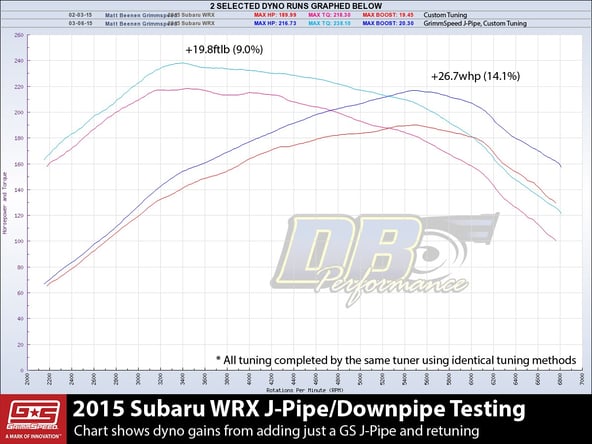 |
| This is a dyno from GrimmSpeed, before and after a much less restrictive J-pipe was installed on their 2015+ WRX. You can see that the car makes quite a bit more power on pretty much the same boost. But not only is the car making more power, it is doing so more efficiently and the turbo is not having to work as hard as it does fighting against the restrictive factory J-pipe. |
Compressor Surge
Get a good blow off or bypass valve. Compressor surge kills turbos. Once you have a good blow off or bypass valve, maintain it if it isn’t a maintenance free valve. If your valve isn’t opening properly, it can’t vent the air when you close the throttle. When this happens, all that pressure slams back through the compressor wheel causing a ton of stress to the vital components of the turbo.
Topics:



